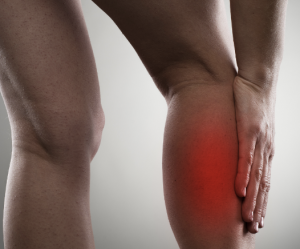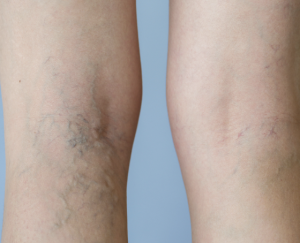Have you ever noticed strange sores on your legs? Do you have any idea what could be causing them? In this blog post, we’ll explore some potential causes of leg sores and give tips on treating them. Keep reading to learn more!
While there are many potential causes, some more common ones include poor circulation, bed sores, and diabetic neuropathy. If you’re having difficulty walking or standing, it’s important to seek medical attention immediately. Otherwise, here are a few tips on how to care for your sores until you can get help.

Poor circulation
Plaque buildup, blood clots, or narrowed blood vessels can lead to poor circulation. When obstacles or narrow paths slow blood flow, it’s difficult for your body to efficiently send blood to every part of your body.
Causes
Conditions that reduce your blood flow can give you bad circulation, such as:
- Smoking tobacco
-
- This introduces nicotine and other chemicals into your body, including numerous carcinogens (cancer-causing chemicals).
- High blood pressure
-
- This weakens your blood vessel walls, making it harder for blood to flow through them.
- Diabetes
-
- This can flood your blood with too much glucose, harming your blood vessels.
- Peripheral Artery Disease (PAD)
-
- PAD is the plaque buildup in the blood vessels that run outside your heart, reducing the amount of blood that flows to your legs.
- Varicose Veins
- Which are often due to high blood pressure, can cause blood inside the damaged veins to flow incorrectly.

Symptoms
Poor circulation can cause a number of symptoms, including:
- Muscles that hurt or feel weak when you walk
- A “pins and needles” sensation on your skin
- Pale or blue skin color
- Cold fingers or toes
- Numbness.
- Chest pain
- Swelling
- Veins that bulge
(Cleveland Clinic, 2021)
Treatment
DASH Diet
DASH stands for Dietary Approaches to Stop hypertension. The DASH diet is a balanced eating plan that includes plenty of fruits, vegetables, whole grains, low-fat dairy products, lean protein, and healthy fats. It’s also low in saturated fat, cholesterol, and sodium, contributing to high blood pressure. In a 2020 study published by Advances in Nutrition, the DASH diet, when compared to a standard diet, was shown to reduce blood pressure. (Christina et al., 2020). The DASH diet is an excellent option for people looking to improve their overall health.
Exercise
Being physically active can improve your brain health, help you manage weight, reduce the risk of disease, strengthen bones and muscles, and improve your ability to do everyday activities. (Centers for Disease Control and Prevention, 2022) If you have a chronic health condition, like diabetes or hypertension, be sure to talk with your doctor about the types and amounts of physical activity that are right for you.
Go See a Vascular Specialist
Talk to your healthcare provider about your leg pain. They will perform a comprehensive exam, which includes asking you about your symptoms, current lifestyle, and risk factors. After your evaluation, they may recommend additional testing, like an x-ray or an ultrasound of the affected leg. Finally, depending on the cause and complexity of your pain, they may prescribe lifestyle changes, medications, or a procedure.

The content on this blog does not substitute as medical advice, and it should not be used to make a medical diagnosis or to replace your healthcare provider’s clinical evaluation.
References
Centers for Disease Control and Prevention. (2022, June 16). Benefits of Physical Activity | Physical Activity. CDC. Retrieved October 16, 2022, from https://www.cdc.gov/physicalactivity/basics/pa-health/index.htm
Christina, D. F., Thomopoulos, C. G., Mihas, C. C., Dimitriadis, S. K., Lida 1 Sotiropoulou, L., Chrysochoou, C. A., Nihoyannopoulos, I. P., & Tousaoulis, M. D. (2020, April 24). Dietary Approaches to Stop Hypertension (DASH) Diet and Blood Pressure Reduction in Adults with and without Hypertension: A Systematic Review and Meta-Analysis of Randomized Controlled Trials. Oxford Academic. Retrieved October 14, 2022, from https://academic.oup.com/advances/article/11/5/1150/5824710?login=false
Cleveland Clinic. (2021, September 27). Poor Circulation: Symptoms, Causes and Treatment. Cleveland Clinic. Retrieved October 14, 2022, from https://my.clevelandclinic.org/health/diseases/21882-poor-circulation